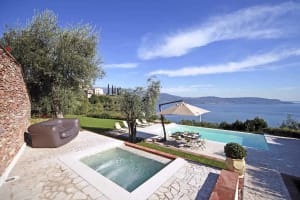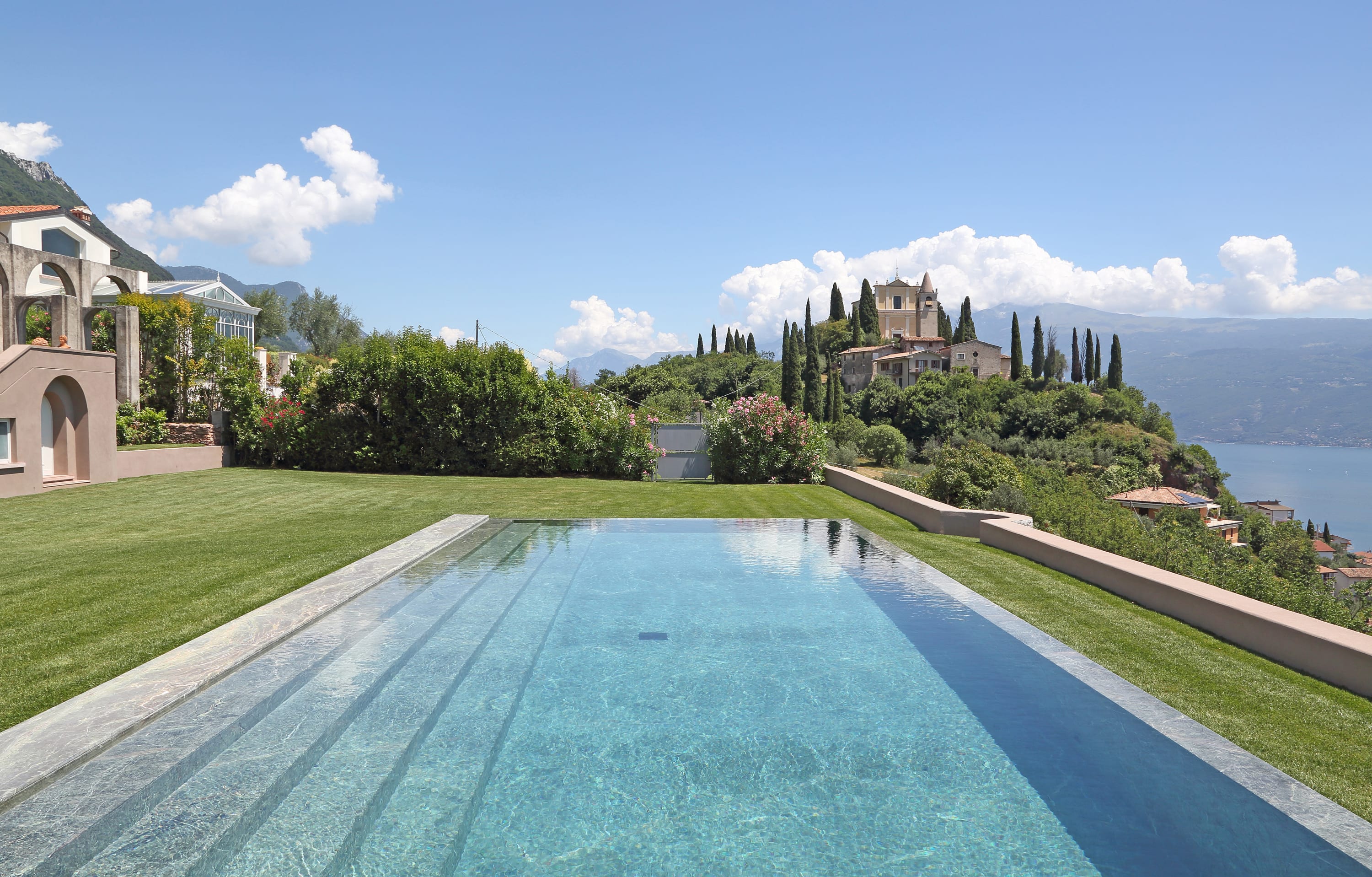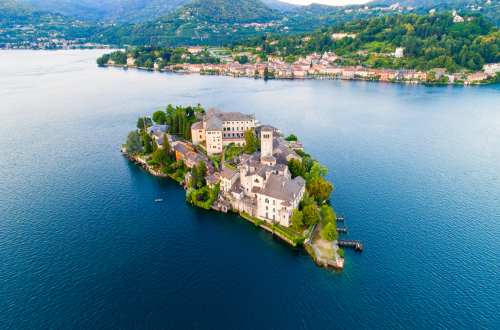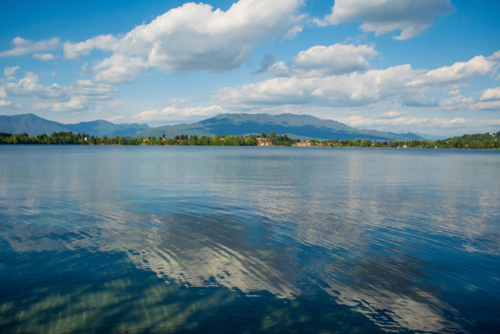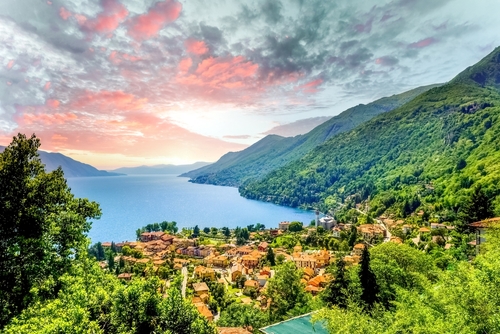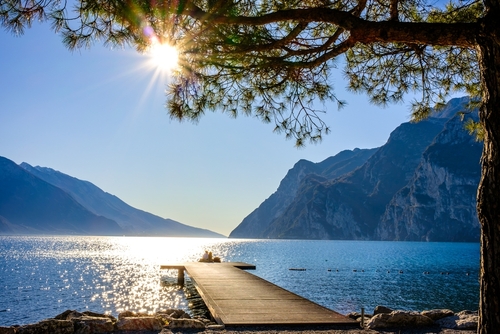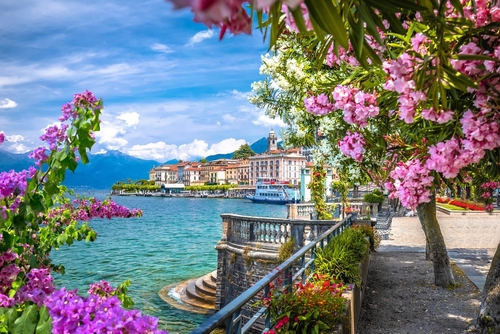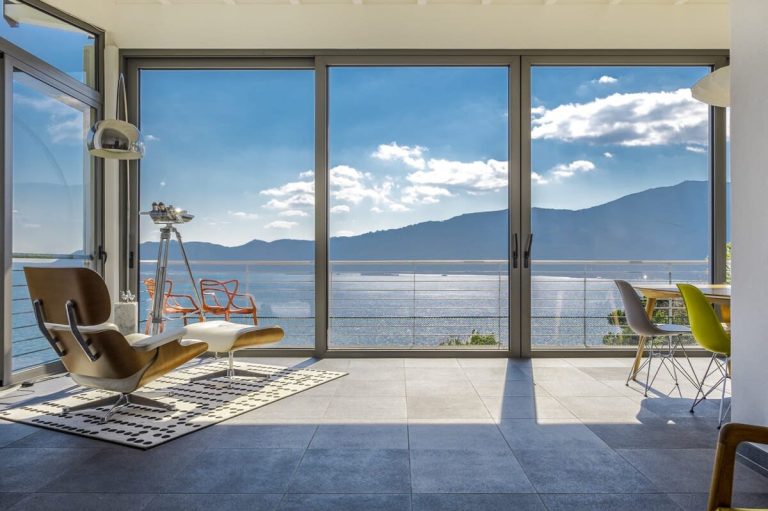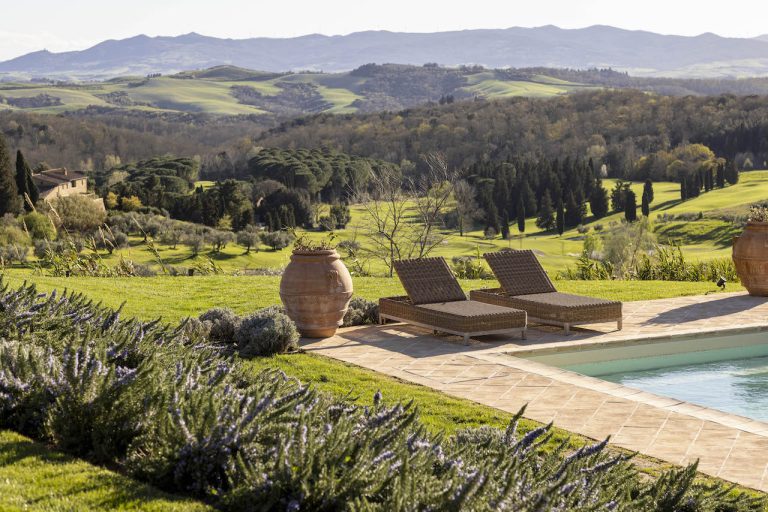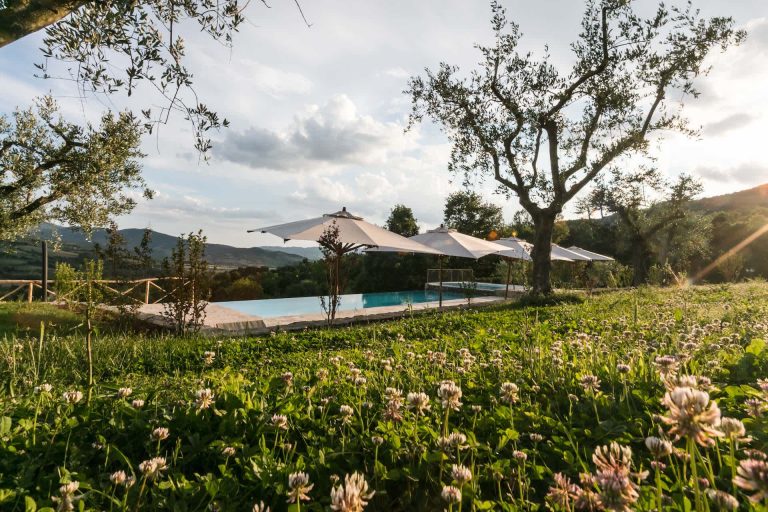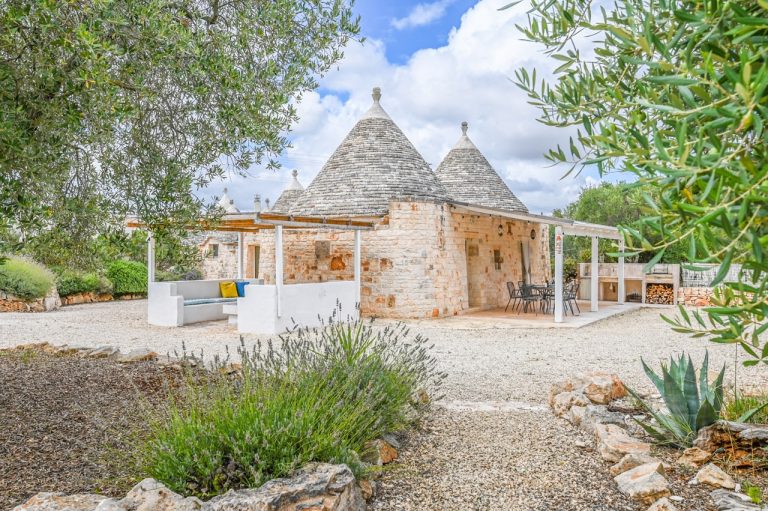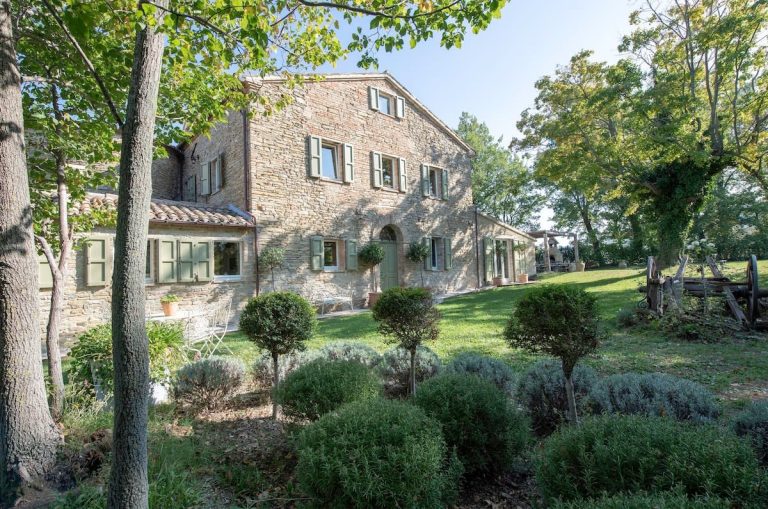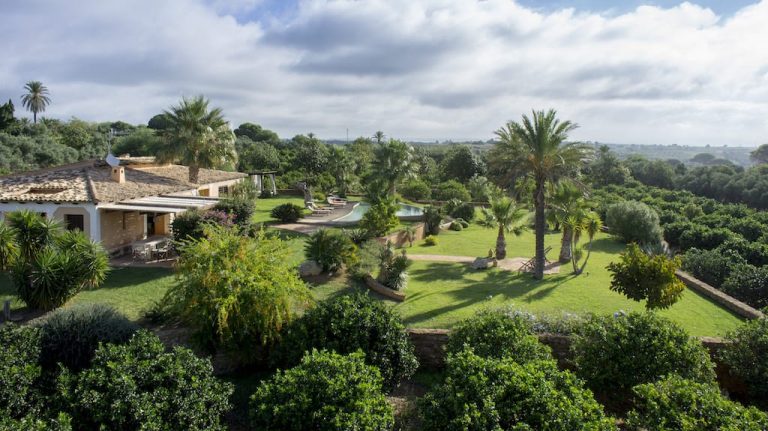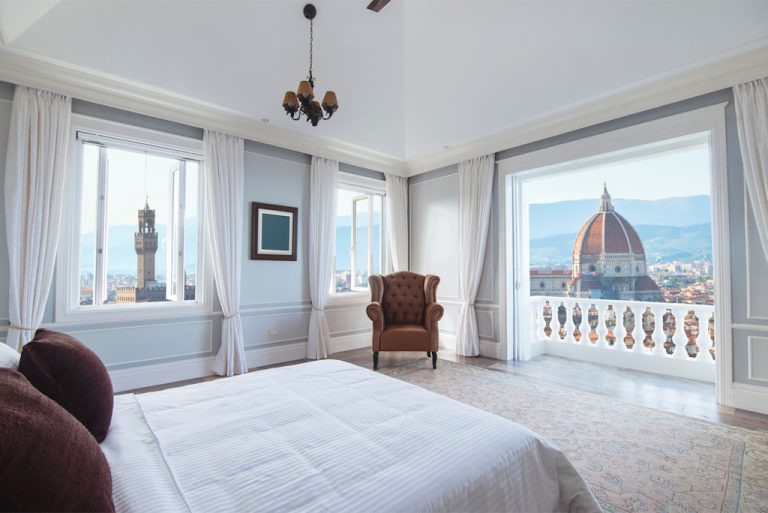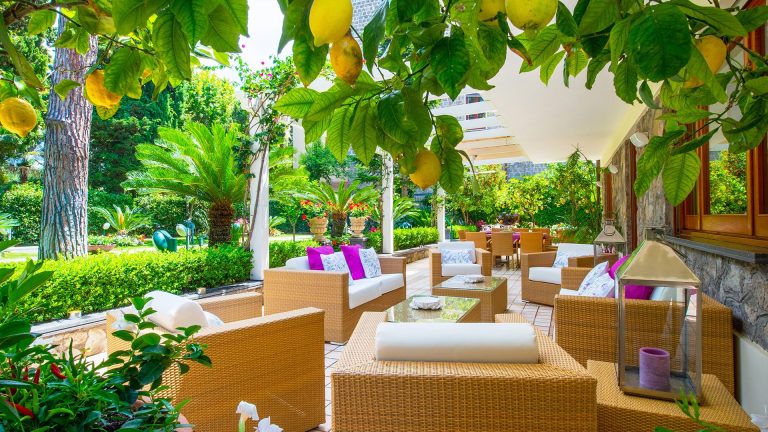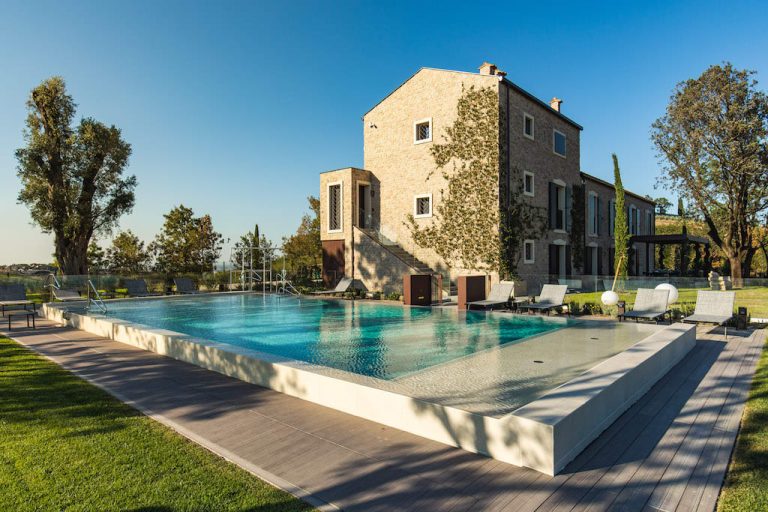Luxury Villas on Lake Garda
Lake Garda is Italy’s largest lake. Its shores lie within three different Italian provinces – Verona, Brescia and Trentino. Its sheer size means that there is quite a marked contrast in the landscape between the north and south of the lake. In the north, it sits at the foot of the Alps and the landscape is more mountainous and dramatic. In the south, it’s much flatter. This is where you will find towns such as Sirmione, Desenzano del Garda and Peschiera del Garda. On the east, the towns that attract most visitors are Bardolino and Garda whilst in the north, it’s Riva del Garda and Limone sul Garda that the holidaymakers flock to.
Wherever you choose to visit, the whole of Lake Garda is absolutely stunning, with an incredible amount to see and do.
All these villas on Lake Garda are either overlooking the lake, on the lakeside itself or within a short drive of the lake.
Refine and personalise your results
EXCELLENTTrustindex verifies that the original source of the review is Google. Cassina Rossa in Forte Dei Marmi was a perfectly located villa to enjoy all things Forte & truly feel like a local! The communication with the owner and her representatives was so easy and they were VERY helpful with anything we needed during our stay. We so enjoyed waking up every morning and either taking our coffee intown while it was super quiet and watching everything wake up around us or on most mornings we rode the bikes that were supplied to us to the wonderful market that was literally down the street and picked up anything we needed fresh for the day. The kitchen was beautifully equipped and we made espresso most mornings and either sat outside on ground level patio or on the roof top overlooking the mountains. It was comfortable enough to have lunch and dinner at home a couple of times and fun setting a beautiful table with their pretty dishes, linens, etc. Having Bagno Vasco the very authentic classic beach club included was a dream and a big savings! Great food, easy location to bike or drive to and the position of our chairs, umbrella and sunbed right next to the sea was great. We were there for over 2 weeks and for a nominal amount he supplied us with their towels each day so we didn’t have to bring back and forth. The villa’s proximity to the center of town can’t be beat. It’s quiet enough to be a bit removed and beautiful to see the mountains whenever walking or riding home but so close to all the wonderful restaurants & very upscale & unique shops. Forte has such a unique vibe day and night especially on market days (Wednesday and Sunday). The markets are so full of clothing, housewares, etc that you’ll need to bring an extra bag or ship stuff home. People come from everywhere to take advantage of it. The location of Forte Dei Marmi is so central and close to other towns like Pietrasanta up in the hills which allows you to experience a completely different more typically Tuscan area within a short 15-20 min drive and it’s also very close to Lucca, Pisa & Carrara (where they get the marble) only 1 1/2 hours from Florence and Portofino if you are staying longer and want to take some wonderful daytrips. Forte Dei Marmi doesn’t have the dramatic coastline of the Amalfi coast but the beauty of looking one direction and seeing the beaches and looking the other and seeing the stunning mountains including Carrara is truly unique and offers its own special beauty. Another plus is that it is very flat so much easier than many Italian towns to walk and ride bikes which everyone does everywhere. It’s fun to see everyone (mostly Italians which we loved) fully dressed for dinner on bikes as it’s truly the chosen form of transportation for the young and old. We can’t wait to return!!Trustindex verifies that the original source of the review is Google. Jo at Bookings for You is absolutely wonderful to work with. We have booked properties in Sorrento and Sicily over the past two years (2022 & 2024) and have not been disappointed. The properties were 1st class and just phenomenal. Jo lists only the best based on; location, amenities, condition & cleanliness. I highly recommend Bookings for You when planning & booking your stay in Italy; you won't be disappointed. First class service and first class properties!Trustindex verifies that the original source of the review is Google. Great service , prompt and efficient responses to enquiries . Villa was just what we wanted for a family holiday , and Fiona was a great asset ! ThanksTrustindex verifies that the original source of the review is Google. We have just spent a fabulous week in Villa Speracedes booked with Bookings for You. Bookings for You provided excellent communication with us both prior to and during the trip to ensure that everything ran as smoothly as possible for us. The apartment was great: comfortable, very well equipped and the terrace was fabulous with a seating area for meal times, comfortable loungers to relax on and down the steps, loungers beside the pool. All having magnificent views across the valleys. Highly recommended!Trustindex verifies that the original source of the review is Google. Fabulous stay in Villa Assisi - a big villa with private pool in a hotel resort complex. It was very peaceful, despite a very central location, and the pool was a fantastic luxury given the super-hot temperatures. We were able to use the hotel facilities, such as the tennis court and bicycles, as well, so it felt like the best of both worlds. We were well looked after by Bookings for You too. Highly recommended.Trustindex verifies that the original source of the review is Google. An amazing place. Had such a great stay with my family and the hosts were so helpful all along. Thank you!Trustindex verifies that the original source of the review is Google. The villa is Beautiful. The staff wonderful especially the chef and Benne. Daniela is a wonderful host. Our family had a wonderful time Thank youTrustindex verifies that the original source of the review is Google. Absolutely fantastic from start to finish! We had the most amazing holiday at Golfo Gabella on Lake Maggiore and will definitely be rebooking for next year 😊
Towns & Cities in Italian Lakes
About Lake Garda
Italy’s largest lake, Lake Garda measures approximately 5o km from north to south and 20 km from east to west. Nestled between Milan to the west and both Verona and Venice to the east, its shores lie within three Italian provinces – Verona, Brescia and Trentino. With a shoreline that stretches for approximately 160 km, expect to see quite a difference in the scenery from one part of the lake to another.
Towns and villages of Lake Garda
The largest town on Lake Garda is Desenzano del Garda. Other nearby picturesque towns and villages include Sirmione (home to some impressive Roman ruins) and Peschiera del Garda. The latter is a UNESCO World Heritage site thanks to its pentagonal fortress. Alternatively, if you’re based in the east, Bardolino and Garda attract most visitors. And in the north, it’s Riva del Garda (home to the rather impressive Rocca di Riva) and Limone sul Garda that the holidaymakers tend to make a bee-line for.
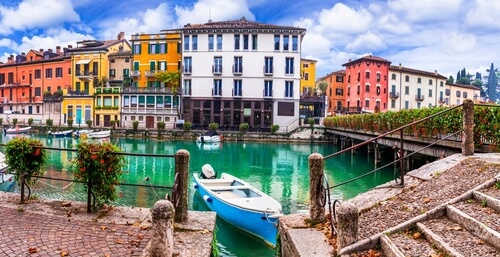 There are yet more smaller villages on Lake Garda worth exploring too. Among these are Canale di Tenno, Malcesine, Gargnano Tremosine, Castellaro, Sabbinoetti, Lazise, Salò, Castelletto sul Garda, Arco, Padenghe sul Garda and Borghetto dul Mincio but there are plenty of others.
There are yet more smaller villages on Lake Garda worth exploring too. Among these are Canale di Tenno, Malcesine, Gargnano Tremosine, Castellaro, Sabbinoetti, Lazise, Salò, Castelletto sul Garda, Arco, Padenghe sul Garda and Borghetto dul Mincio but there are plenty of others.
And, whilst not on Lake Garda itself, Verona is an easy drive away and well worth a visit during your Lake Garda villa holiday, as is Venice a little further on.
What to see and do on Lake Garda
Of course, no Lake Garda holiday would be complete without exploring all these fabulous towns and villages. The best way to get from one to another is by using the excellent public boat system which zips back and forth across the lake all day long.
Like Lake Maggiore, Lake Garda also boasts a number of islands. Whilst there are numerous smaller islands, there are five main ones. The largest of these is Isola del Garda. Unfortunately, this is not open to the public except through prior booking. However, others including San Biagio island, often more affectionately referred to as the Island of the Rabbits, is much more easily accessible. And then further to the north there is Isola dell’Olivo and Isola di Sogno (both accessible) and Isola di Trimelone (which is not open to the public).
Lake Garda’s waters are exceptionally clean and safe, making it ideal for water sports enthusiasts. The Pelèr (north wind) blows from the Alps each morning to provide a useful breeze for windsurfers and sailors, whilst in the afternoon, the ora (south wind) continues to keep them on the move. These winds mean that Lake Garda is also popular with kite-surfers too. And of course, once your energy levels have been depleted, you can relax on one of the many beaches on Lake Garda too.
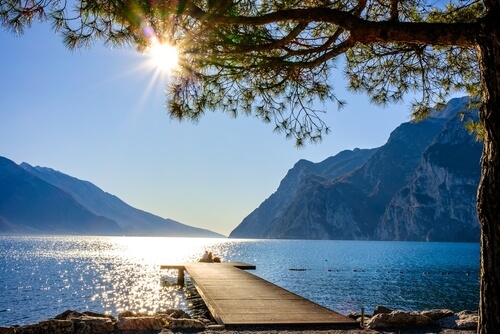 But, of course, there is plenty on dry land to enjoy too. First and foremost, there are some excellent hikes to be discovered. For us, the most enjoyable are up in the hills and mountains that surround the lake, making the most of the fabulous views. We recommend you discover the 200 km of trails around San Zeno di Montagna which sits 680 metres above the lake. Or opt instead to walk along at least one of the 12 marked hiking routes that trace some of the dramatic events of the First World War that took place in this area.
But, of course, there is plenty on dry land to enjoy too. First and foremost, there are some excellent hikes to be discovered. For us, the most enjoyable are up in the hills and mountains that surround the lake, making the most of the fabulous views. We recommend you discover the 200 km of trails around San Zeno di Montagna which sits 680 metres above the lake. Or opt instead to walk along at least one of the 12 marked hiking routes that trace some of the dramatic events of the First World War that took place in this area.
However, if you prefer getting from A to B on two wheels, then Lake Garda is the perfect Italian holiday destination for you. 140 km of cycle paths have either already been (or will be) constructed by 2026 so that, very soon, cyclists will be able to make their way all around the lake. The cycle path from Limone sul Garda is already in place and has attracted plenty of attention since it has been cleverly suspended over the water.
The area around Lake Garda is rich agriculturally. Chiaretto rosato and Bardolino wine are both produced in the hills to the east of Lake Garda. It’s worth visiting one of the many wineries on Lake Garda where you can sample the wines. Or if you fancy a stronger tipple, grappa has been distilled in the Trentino area of Lake Garda for centuries. Olive oil is also made on Lake Garda and the area is also famous for its cultivation of lemons too.
The wines provide an excellent excuse to visit Lake Garda in the Autumn to coincide with the harvest. However, there are plenty of reasons to visit later in the year across the Winter months too, not least the skiing. Lake Garda’s ski slopes cater for all ability levels. The most accessible (and highest) slopes are those at Monte Baldo, which can be easily accessed by cable car from Malcesine. Alternatively, there are the ski resorts at Tratto Spino and the Brentonico plateau.
Finally, Lake Garda is also very family friendly. If you’re visiting Lake Garda with children, then you can’t miss a day out at Gardaland, Italy’s biggest theme park.
Whatever your interests, there is an extraordinary range of things to do on Lake Garda. Get inspired in our full guide to Lake Garda.
When to visit Lake Garda
We don’t think that there is a bad time to visit Lake Garda! With a mild climate all year round, expect plenty of warm sunshine in the Summer and relatively few rainy days in the Winter months.
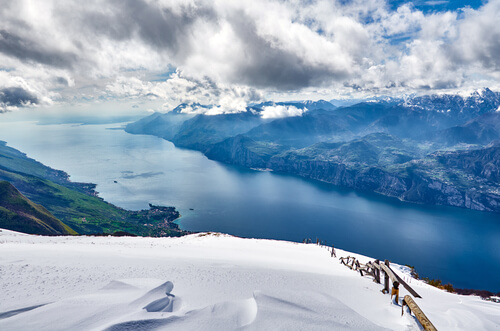 Like with so many of the Italian Lakes, Spring and early Summer is when Lake Garda is at is most colourful. However the colours of the Autumn foliage can be equally vibrant and the days still pleasantly warm. These are also great months to sightsee without too many crowds to contend with and whilst temperatures are warm but not too hot.
Like with so many of the Italian Lakes, Spring and early Summer is when Lake Garda is at is most colourful. However the colours of the Autumn foliage can be equally vibrant and the days still pleasantly warm. These are also great months to sightsee without too many crowds to contend with and whilst temperatures are warm but not too hot.
Of course, if you’re after heat, then July and August will be your best time to visit. It’s also the perfect time to enjoy the water activities on offer. Just be aware that this is also the time when you can expect the peak number of tourists.
If the weather does not interest you, then it’s worth considering a visit in the Winter too. December is a nice option thanks to the Christmas markets that take place. Or January and February work well if you’re after the potential option of enjoying some snowy activities in the surrounding mountains.







